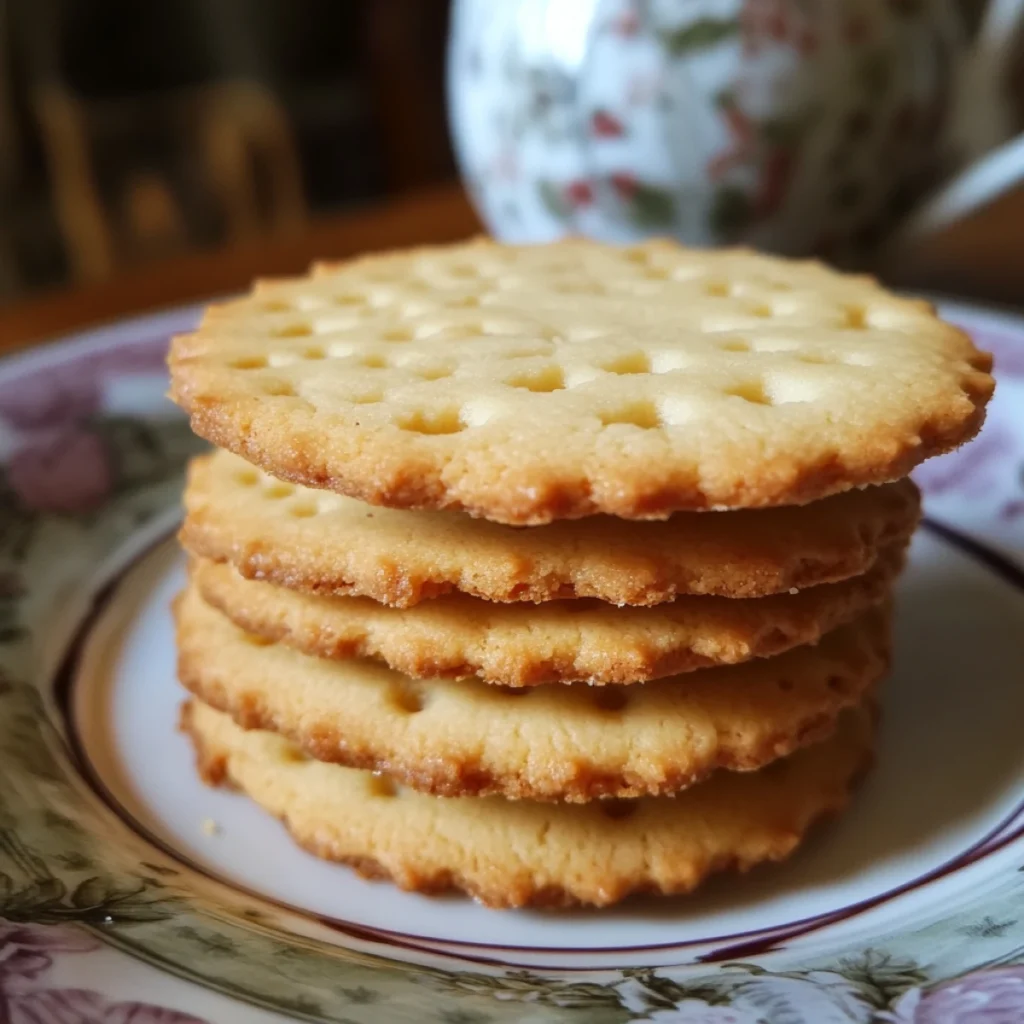
In France, cookies are more commonly referred to as biscuits, offering a variety of textures, flavors, and cultural significance. Unlike the classic American cookie, French biscuits are delicate, often less sweet, and tend to be smaller in size. From the famous macarons to regional delights like bredele, French cookies showcase the country’s love for baked goods that blend tradition and taste.
For more background on French cookies and other culinary topics, explore Creative Sourdough Discard Uses and Recipes, where traditional and modern baking practices come together.
What Are Cookies Called in France?
In France, cookies are generally referred to as biscuits. The word biscuit is derived from the Latin bis coctus, which means “twice-baked,” a reference to traditional baking methods that ensured longevity. While the term biscuit is used broadly, various regions of France have their own names for different types of cookies. For instance, a crispy sablé or a delicate macaron falls under the umbrella of biscuit but has its own unique preparation and history.
If you’re curious about other baked goods and how they compare to cookies, you can read more in How Do I Activate Sourdough Discard?.
Famous French Cookies and Their Origins
France is known for its wide variety of cookies, many of which have regional ties and cultural significance. Here are some of the most famous French cookies:
1. Macarons
The macaron is one of the most famous French cookies worldwide. These small, delicate meringue-based cookies are made with almond flour, egg whites, and sugar, filled with a rich ganache or jam. Macarons are known for their crunchy exterior and soft, chewy interior.
- Origins: While originally brought to France from Italy during the Renaissance, macarons have become synonymous with Paris, especially at famous bakeries like Ladurée and Pierre Hermé.
2. Sablé
The sablé is a rich, buttery shortbread-like cookie known for its sandy texture. Made primarily with butter, sugar, and flour, sablés can be flavored with vanilla, lemon zest, or even savory ingredients like herbs.
- Origins: The sablé was first created in Sablé-sur-Sarthe in the 17th century and has since become a staple in French baking.
3. Bredele
Bredele are small, festive cookies made during Christmas in Alsace. These cookies come in various flavors, including almond, honey, and cinnamon, and are typically cut into decorative shapes for the holiday season.
- Origins: Dating back to the 14th century, bredele are deeply rooted in Alsatian culture and are a beloved part of Christmas celebrations.
Regional Varieties of French Cookies
France is home to a rich diversity of regional biscuits, each with its own distinct flavor and history. Here are some notable regional varieties:
1. Florentines
Florentines are crunchy, nut-based cookies often topped with chocolate. Made with almonds or hazelnuts and sweetened with honey, these cookies offer a satisfying crunch and a sweet, decadent finish.
2. Canistrelli
Canistrelli are traditional Corsican shortbread cookies made with anise or lemon zest. These cookies are double-baked, giving them a crisp texture, and are often served with wine or coffee.
3. Navettes
Navettes are boat-shaped cookies flavored with orange blossom water and traditionally made in Marseille. These cookies are especially popular during Candlemas and are available year-round in the region.
To explore even more regional French cookies, check out the interactive View French Cookies Map for a deeper dive into France’s regional biscuit traditions.
How Are French Cookies Different from American Cookies?
Though both countries love their cookies, French biscuits are distinct from their American counterparts in several ways:
- Texture: French cookies are often more delicate and crisp, while American cookies tend to be soft and chewy.
- Sweetness: French biscuits are typically less sweet and focus on the richness of ingredients like butter and nuts, whereas American cookies often feature sweeter flavors like chocolate and peanut butter.
- Ingredients: French cookies often use almond flour, butter, and subtle spices like anise or citrus zest, creating a lighter texture.
- Size: French cookies are generally smaller and more refined compared to the larger, more decadent American cookies.
FAQs About French Cookies
What is the French word for cookie?
In France, cookies are called biscuits. However, different types of cookies like macarons and sablés also have their own names, reflecting their unique recipes and histories.
What are the most popular cookies in France?
Some of the most popular French cookies include macarons, sablés, bredele, and navettes. Each region of France offers its own signature biscuit, making the selection as diverse as the country itself.
Are French cookies healthier than American cookies?
French cookies are often made with fewer ingredients and less sugar than American cookies, making them a lighter option. Additionally, French biscuits focus more on natural flavors like butter and almonds, rather than the heavy use of sugar and chocolate.
Conclusion: The Cultural Significance of French Cookies
French cookies are much more than just sweet treats—they are a reflection of the country’s rich culinary history. From the iconic macaron to the festive bredele, French biscuits offer a window into the traditions and flavors that have shaped French cuisine for centuries. Whether you’re indulging in a buttery sablé or savoring a delicate macaron, French cookies provide a unique and memorable experience.
If you’re interested in learning more about French biscuits and other culinary traditions, visit Creative Sourdough Discard Uses and Recipes for inspiration on how to bring some of these French flavors into your kitchen.
